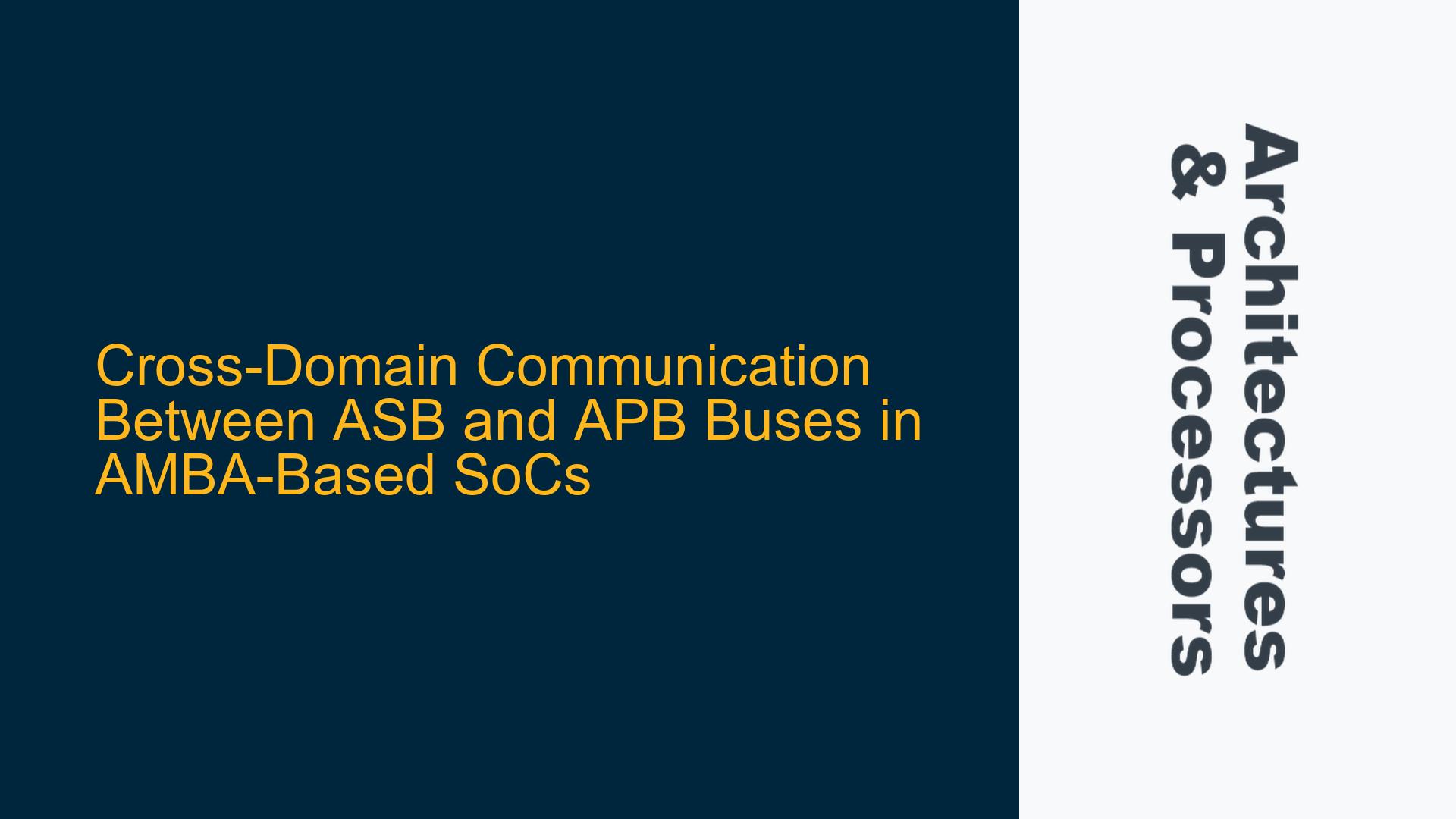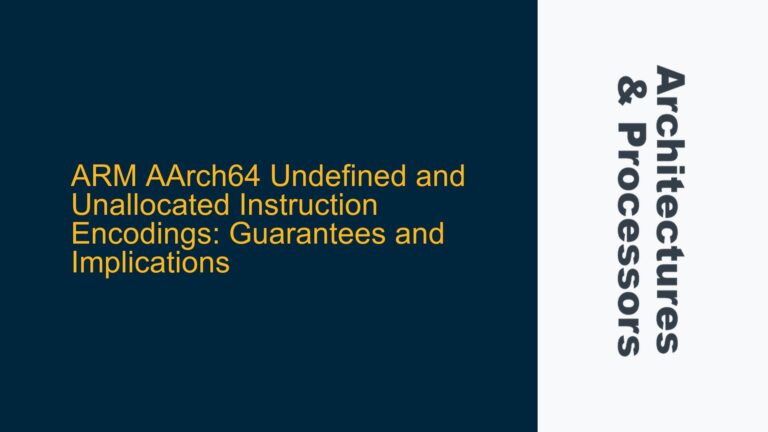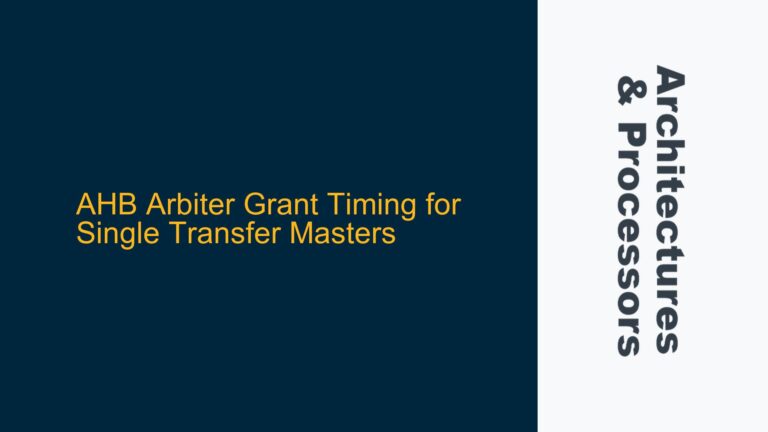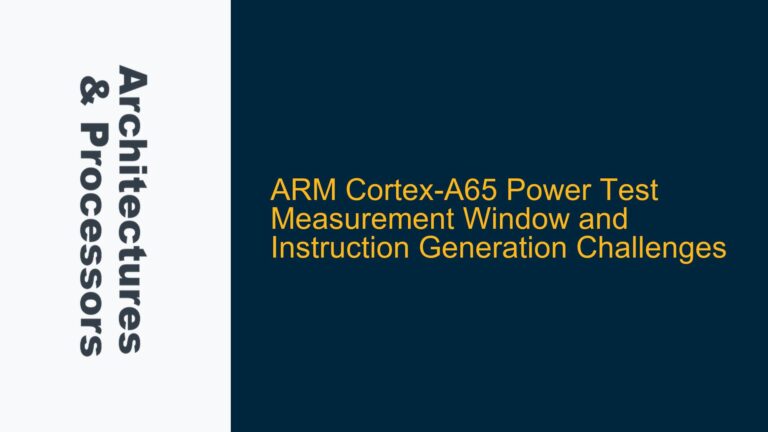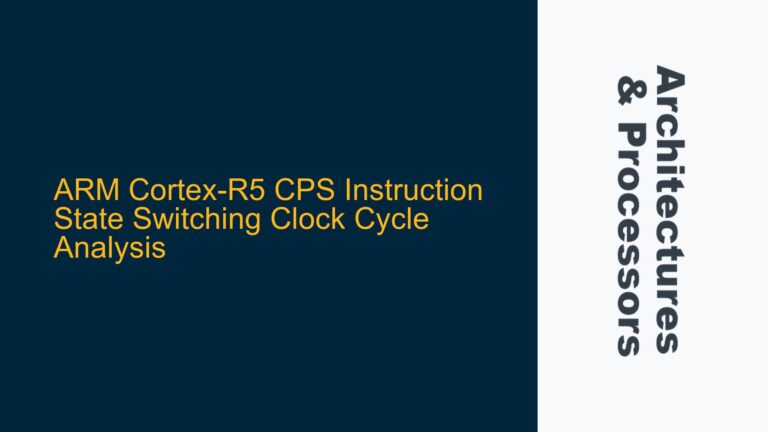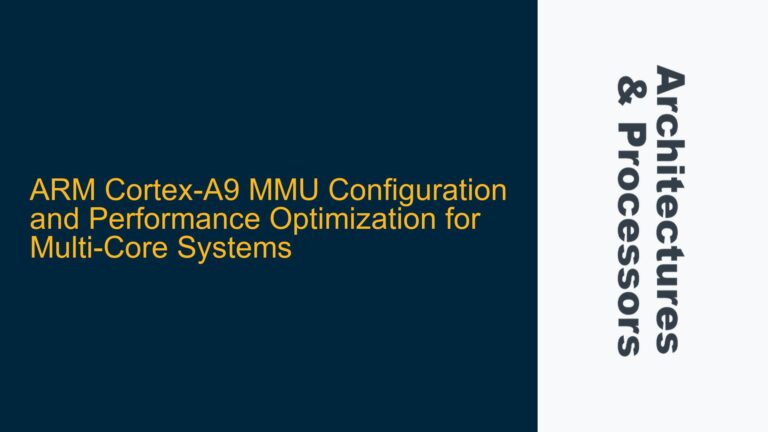ASB-to-APB Communication Challenges in Multi-Clock Domain Systems
The communication between the Advanced System Bus (ASB) and the Advanced Peripheral Bus (APB) in an AMBA-based System-on-Chip (SoC) presents a unique set of challenges due to the inherent differences in their operating frequencies and protocols. ASB, being a high-performance bus, typically operates at a higher frequency to support data-intensive operations, while APB, designed for low-power peripheral access, operates at a significantly lower frequency. The primary challenge lies in ensuring seamless data transfer and protocol conversion between these two buses while maintaining data integrity and avoiding metastability issues during clock domain crossings.
The ASB protocol, though largely obsolete in modern designs, was designed to support high-speed data transfers using both rising and falling edges of the clock, which complicates synchronization when interfacing with APB, a protocol that relies solely on a single clock edge. The disparity in clock frequencies necessitates the use of bridging logic that can handle both protocol conversion and clock domain synchronization. This bridging logic must account for the differences in data transfer rates, signal timing, and handshake mechanisms between ASB and APB.
In addition to the frequency mismatch, the ASB and APB protocols differ in their transaction handling. ASB supports pipelined transactions, allowing multiple outstanding requests, while APB follows a simpler, non-pipelined, two-cycle access model. This fundamental difference requires the bridging logic to manage transaction queuing, stalling, and data buffering to ensure that high-speed ASB transactions are correctly translated into APB-compatible transfers without data loss or corruption.
Clock Domain Crossing and Protocol Conversion Issues
The core of the problem lies in the clock domain crossing (CDC) between the high-frequency ASB and the low-frequency APB. When signals traverse clock domains with no fixed phase relationship, metastability can occur, leading to unpredictable behavior in the system. Metastability arises when a signal is sampled by a flip-flop in a different clock domain at or near the transition edge, causing the output to settle to an indeterminate state. This is particularly problematic in ASB-to-APB communication, where control signals such as address, data, and handshake signals must be synchronized accurately.
Another critical issue is the protocol conversion between ASB and APB. ASB transactions are typically more complex, involving burst transfers, multiple data phases, and pipelined operations. In contrast, APB transactions are simpler, consisting of a setup phase and an access phase, with no support for burst transfers. The bridging logic must decompose ASB transactions into a series of APB-compatible transfers, ensuring that the data integrity and transaction semantics are preserved.
The clock frequency ratio between ASB and APB also plays a significant role in determining the complexity of the bridging logic. If the clocks are synchronous (i.e., their frequencies are integer multiples of each other), the bridging logic can use simple clock gating or enable signals to manage data transfer. However, if the clocks are asynchronous, more sophisticated synchronization techniques, such as double-flopping or FIFO-based CDC, are required to ensure safe signal transfer.
Implementing Synchronization and Protocol Bridging Solutions
To address the challenges of ASB-to-APB communication, a robust bridging solution must be implemented, incorporating both clock domain synchronization and protocol conversion. The following steps outline a systematic approach to designing and verifying such a bridge:
Clock Domain Synchronization
The first step is to ensure safe clock domain crossing for all signals passing from the ASB domain to the APB domain and vice versa. For asynchronous clock domains, double-flopping is a commonly used technique to mitigate metastability. In this approach, each signal crossing the clock domain is passed through two sequential flip-flops in the destination clock domain. This reduces the probability of metastability by allowing the signal to stabilize before being used in the destination domain.
For control signals such as address, write data, and read/write commands, synchronization is critical to ensure that they are sampled correctly in the APB domain. Similarly, response signals from the APB domain, such as read data and transfer completion indicators, must be synchronized back to the ASB domain. The use of handshake signals, such as valid and ready, can further enhance synchronization by ensuring that data is only transferred when both domains are ready.
Protocol Conversion Logic
The protocol conversion logic must translate ASB transactions into a sequence of APB transactions. This involves breaking down ASB burst transfers into individual APB transfers, managing address incrementing, and handling write data buffering. The conversion logic must also generate the appropriate APB control signals, such as PSEL (Peripheral Select), PENABLE (Peripheral Enable), and PWRITE (Write Enable), based on the ASB transaction type.
For read transactions, the bridging logic must buffer the read data from the APB domain and present it to the ASB domain in the correct format. This may involve assembling multiple APB read transfers into a single ASB read response. The logic must also handle error conditions, such as APB transfer failures, and propagate them back to the ASB domain as appropriate.
Performance Optimization
To optimize performance, the bridging logic should minimize the number of wait states introduced during ASB-to-APB transactions. This can be achieved by pre-fetching data, pipelining transactions, and using FIFOs to decouple the ASB and APB domains. For example, a write FIFO can buffer ASB write data, allowing the ASB domain to proceed with subsequent transactions while the APB domain processes the buffered data. Similarly, a read FIFO can store APB read data, enabling the ASB domain to retrieve data without waiting for each individual APB transfer.
Verification Strategy
Verifying the ASB-to-APB bridge requires a comprehensive test plan that covers both functional correctness and timing constraints. The verification environment should include test cases for various clock frequency ratios, transaction types, and error scenarios. Key areas to focus on include:
- Clock Domain Crossing Verification: Ensure that all signals crossing clock domains are synchronized correctly and that no metastability issues occur. This can be verified using formal methods or simulation with metastability injection.
- Protocol Compliance: Verify that the bridging logic adheres to both ASB and APB protocol specifications. This includes checking transaction decomposition, signal timing, and error handling.
- Performance Metrics: Measure the latency and throughput of the bridge under different operating conditions to ensure that it meets the system requirements.
- Corner Cases: Test edge cases, such as back-to-back transactions, maximum burst lengths, and clock frequency extremes, to identify potential issues.
By following these steps, designers can implement a robust and efficient ASB-to-APB bridge that ensures reliable communication between high-performance and low-power domains in an AMBA-based SoC. The use of systematic design and verification methodologies, combined with a deep understanding of the underlying protocols, is essential to overcoming the challenges posed by multi-clock domain systems.
